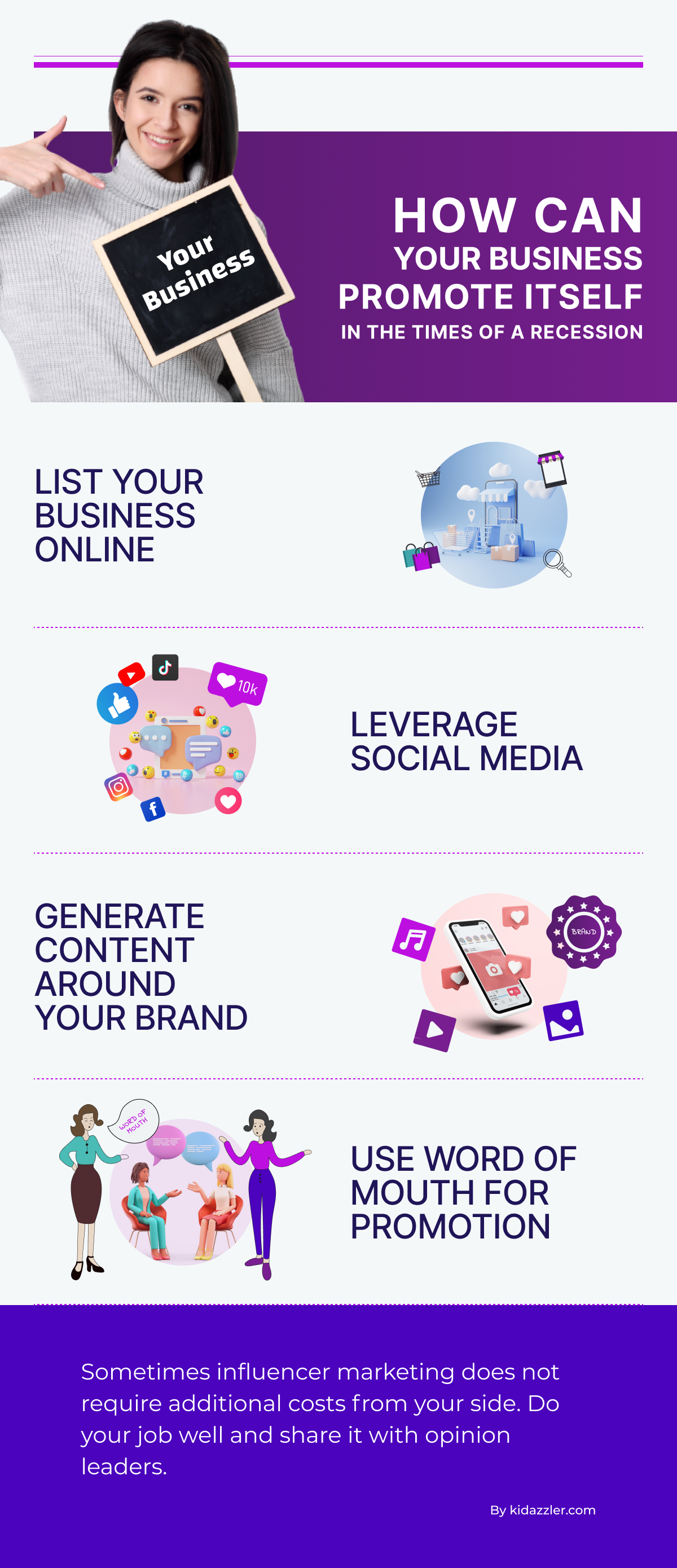How Can a Local Business Promote Itself in the Times of a Recession?

13 MIN READ
For most of last year, the Federal Reserve and investors thought inflation would go down when the pandemic ended. Today, they are still trying to get inflation under control. Financial institutions, economists, and many other prominent business people say that a downturn is almost certain. With this prediction, what problems will small and medium-sized local businesses that serve kids have to deal with?
No time to read?
Check the slides with the essentials.
Check the slides with the essentials.







